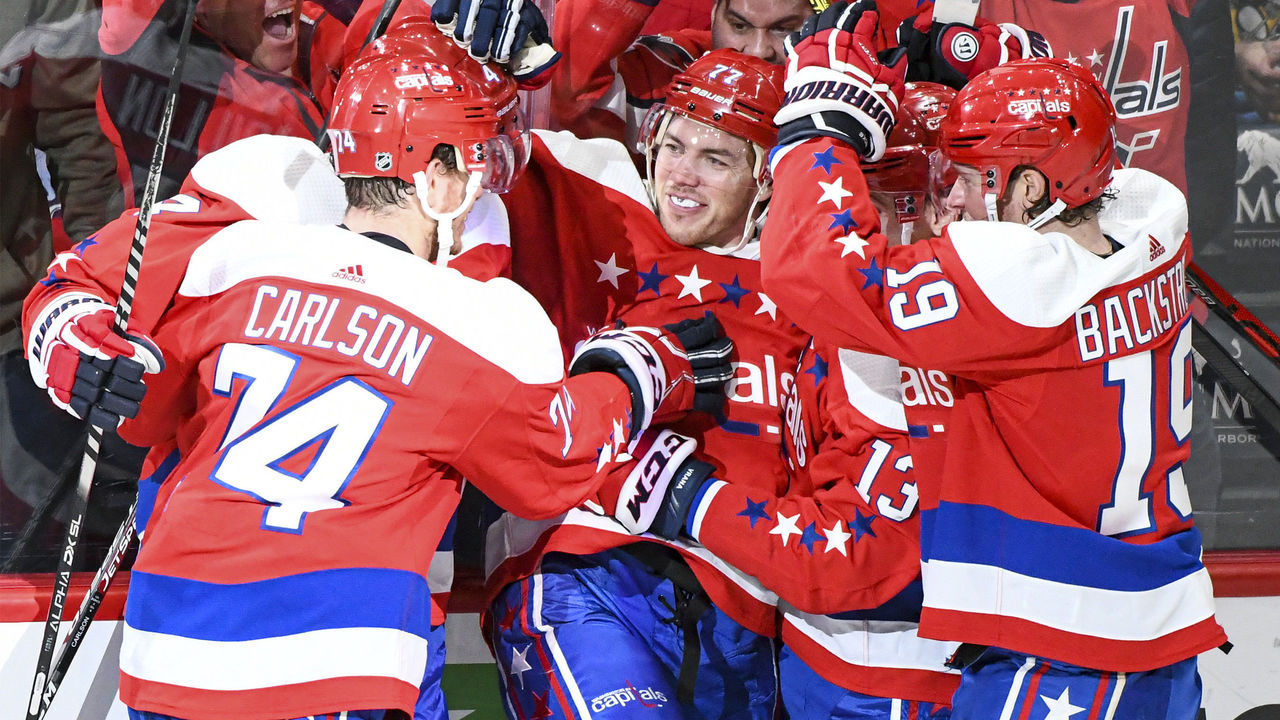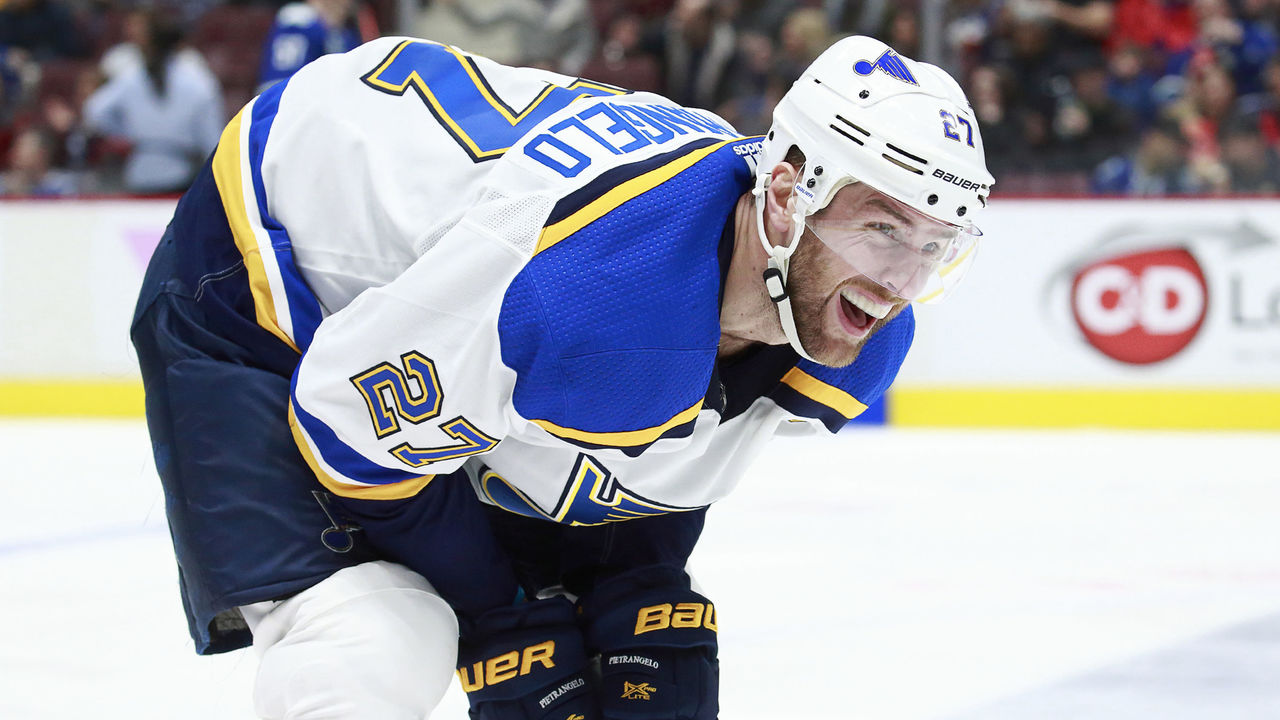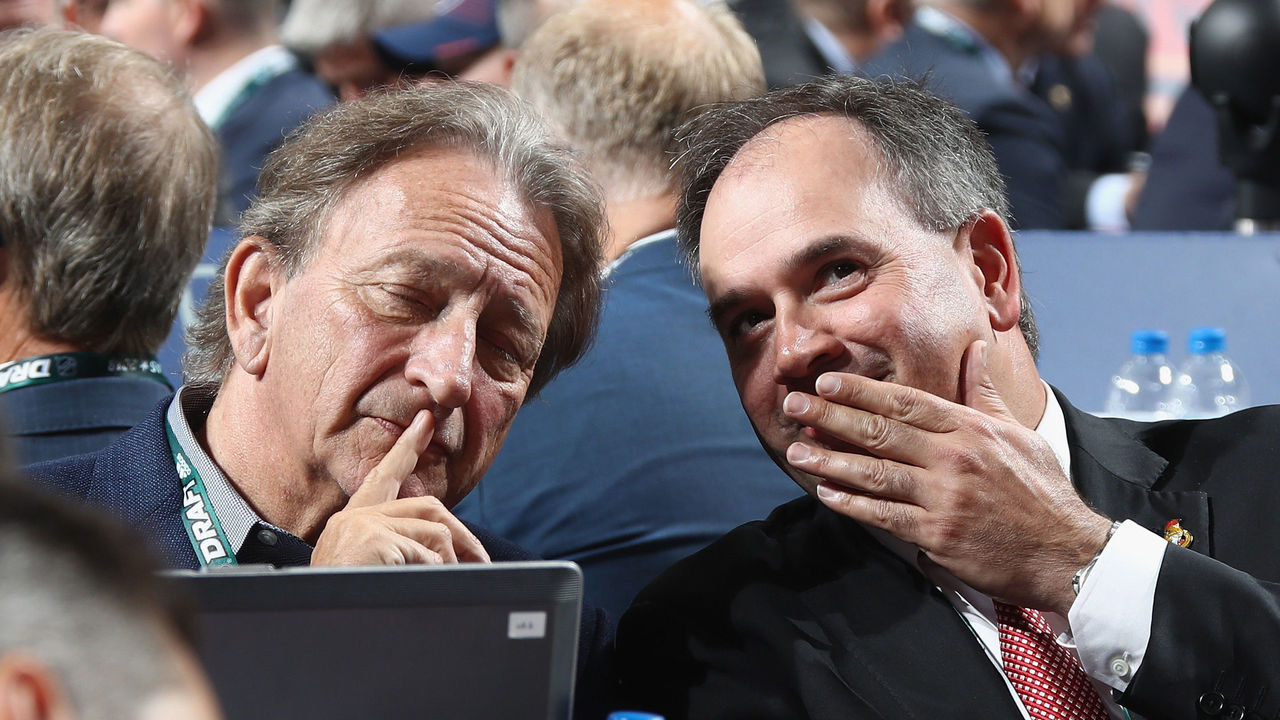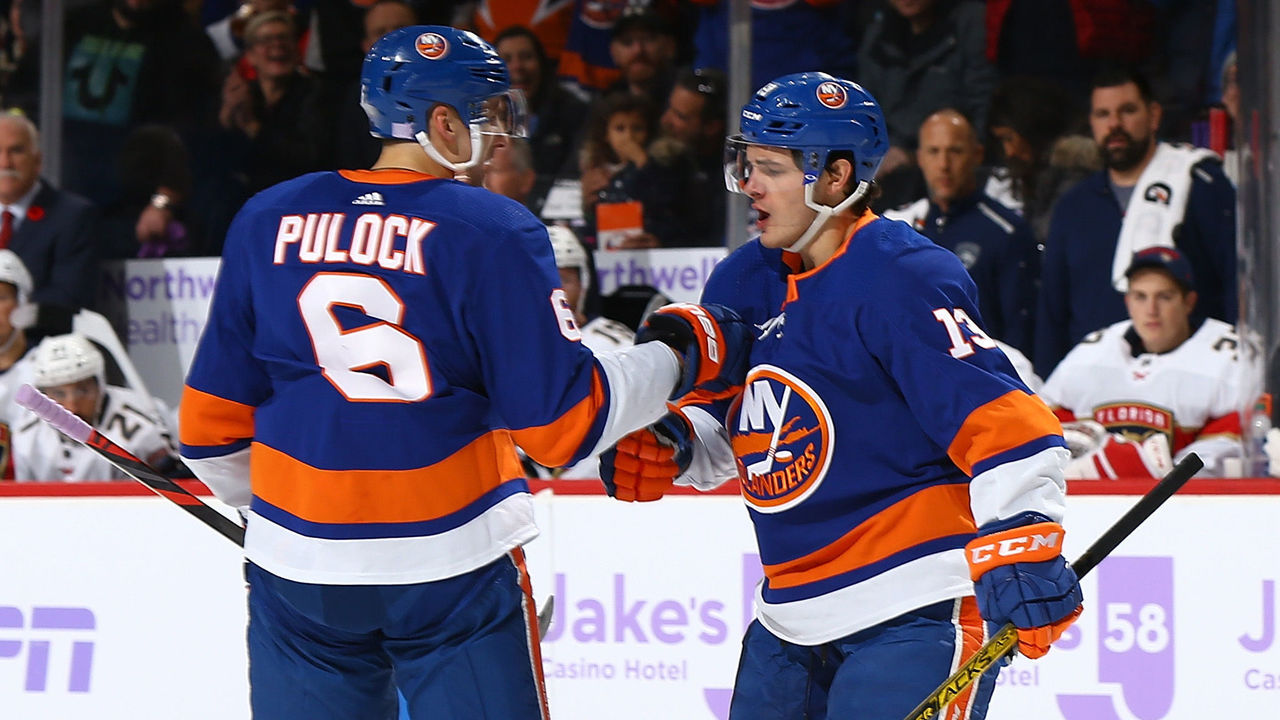Which NHL teams benefit most, least from projected salary-cap spike?
NHL deputy commissioner Bill Daly announced Wednesday that the 2020-21 salary cap is projected to be between $84 million and $88.2 million. Both ends of that range represent substantial increases from the current ceiling of $81.5 million.
At the very least, NHL teams are looking at a $2.5-million increase, and a bump potentially as high as $6.7 million. Should the new ceiling fall right in the middle at $86.1 million, the $4.6-million jump will represent the league's biggest cap spike since 2011-12.
Though all teams operate under the same ceiling, some clubs are better positioned to take advantage of the impending increase than others.
For teams that recently locked up their core players, the contracts signed will look better and better as the cap rises. Conversely, clubs with multiple pending free agents will soon be forced to dish out more money than they would have if they'd signed their key players earlier.
It's important to remember that general managers and player agents often approach contract negotiations by examining the cap percentage a team invests in a particular deal, rather than the cap hit itself. This makes it easier to compare contracts signed in different seasons.
With all that said, let's examine the clubs that stand to gain the most from a cap bump, and those that will likely benefit the least.
Teams that benefit most
Toronto Maple Leafs

Perhaps it's due to their location at the "center of the hockey universe," but it often seems the Maple Leafs are the first club mentioned when discussing teams up against the cap. It's true Toronto is tight against the cap ceiling, but so are several other teams.
The Maple Leafs already got their heavy lifting out of the way: Auston Matthews, Mitch Marner, John Tavares, and William Nylander are all signed through at least 2023-24. Toronto doesn't have any key pending unrestricted free agents beyond Tyson Barrie, and its most important pending restricted free agent, Travis Dermott, likely won't be too expensive. Perhaps most importantly, the extra cap space - a minimum of $6.3 million - will help the Maple Leafs in their offseason search for defensive help.
Washington Capitals

Work will need to be done in the summer of 2021 when Alex Ovechkin (UFA) and Jakub Vrana (RFA) are in need of new contracts, but the Capitals have the rest of their core locked up.
Nicklas Backstrom, who was set to become a UFA this summer, signed a five-year extension carrying a $9.2-million cap hit in January. Had Backstrom negotiated his new deal after the league announced the projected cap increase, he likely would've been able to collect a few more bucks.
General manager Brian MacLellan also signed several members of the supporting cast to four-year deals this past summer. Those contracts - Carl Hagelin ($2.75M), Richard Panik ($2.75M), Garnet Hathaway ($1.5M), and Nick Jensen ($2.5M) - will be more team-friendly with the cap increase.
With Braden Holtby's $6.1-million hit coming off the books on July 1 and in-house replacement Ilya Samsonov seemingly ready for a starter's role, even a conservative estimate leaves the Caps with close to $13 million in cap flexibility this summer.
St. Louis Blues

The Blues have the majority of their squad signed through next season. The one major piece currently missing from the equation is Alex Pietrangelo, a pending UFA.
Re-signing Pietrangelo initially seemed like a long shot after GM Doug Armstrong traded for fellow right-handed defenseman Justin Faulk in September and inked him to a seven-year, $45-million extension. But while Pietrangelo can conceivably command more money in light of the cap increase, the extra space certainly boosts St. Louis' chances of re-signing its captain to some degree.
The Blues project to have a minimum of $10.2 million in offseason cap space, with Vince Dunn the only key RFA set for a modest raise.
Calgary Flames

The bulk of the Flames' core is signed through at least the 2021-22 season, and most of the cap hits are already considered team-friendly within the league's current cap structure.
The contracts of Johnny Gaudreau ($6.75M), Sean Monahan ($6.375M), Elias Lindholm ($4.85M), and Noah Hanifin ($4.95M) will soon look even better. Not to mention, general manager Brad Treliving already took care of business by inking Matthew Tkachuk to a three-year, $21-million bridge deal, and showed faith in 23-year-old blue-liner Rasmus Andersson with a six-year, $27.3-million pact that kicks in next season.
Calgary has three pending RFAs, but the trio of Andrew Mangiapane, Mark Jankowski, and Oliver Kylington shouldn't break the bank. There are several UFAs on the blue line in TJ Brodie, Travis Hamonic, and deadline rentals Erik Gustafsson and Derek Forbort, but the Flames project to have a minimum of $19.4 million with which to work this summer. Calgary could conceivably make quality adds up front, on the back end, and in net.
Vegas Golden Knights

The Golden Knights have a lot of money committed to their current roster, but very few holes to fill. Their seven best forwards and top five defensemen are all signed through at least next season.
Vegas' biggest issue this season has been goaltending, as Father Time appears to be catching up to Marc-Andre Fleury. But the team acquired 2019 Vezina finalist Robin Lehner in a surprising move at the trade deadline, and it looks like he could be part of the solution down the stretch and into the playoffs. With the cap increase, Vegas will have at least $12.1 million in flexibility to bring back Lehner and reinforce the rest of the lineup with depth pieces.
Teams that benefit least
Buffalo Sabres

This cap increase couldn't be coming at a worse time for the Sabres. The club may have a minimum of $37 million in cap space this summer, but only four forwards - Jack Eichel, Jeff Skinner, Kyle Okposo, and Marcus Johansson - are signed beyond this season.
Buffalo has a long list of pending RFAs, too, including Sam Reinhart, Victor Olofsson, Dominik Kahun, Brandon Montour, Lawrence Pilut, and Linus Ullmark. GM Jason Botterill could've done himself some favors by signing at least a couple of those players to extensions before the 2019-20 campaign - especially Reinhart, who entered the season as an obvious member of the team's core.
Botterill will also have to deal with the second contracts of young defensemen Rasmus Dahlin and Henri Jokiharju when their entry-level pacts expire after next season. He'd be smart to try and hammer out some extensions this summer, but the cap increase means new deals won't come cheap.
Ottawa Senators

To say the Senators have been pinching pennies during their rebuild would be an understatement. Their projected cap hit of $74.4 million this season is the second-lowest in the league, while their estimated payroll is just $66.7 million. Ottawa has cleverly navigated its way to the cap floor by spending as little real money as possible.
For example, the Senators acquired both Artem Anisimov and Nikita Zaitsev this past summer. Before Anisimov and Zaitsev arrived in Ottawa, their former teams (the Blackhawks and Maple Leafs, respectively) had already paid significant bonuses due to them. The Senators are now paying those players far less in actual salary than their cap hits would suggest, while those same cap hits help the team reach the floor.
That said, Ottawa has just seven skaters and $41.8 million on the books for the 2020-21 campaign. The cap floor is typically set around $20 million below the ceiling, which means the Senators could have to dish out at least $25 million this summer just to reach the lower limit. That's hardly an ideal situation for an organization trying to spend as little as possible.
New York Islanders

There's an argument to be made that the cap spike helps the Islanders, who have most of their roster locked up moving forward. But the team must soon deal with three very key pending RFAs in Mathew Barzal, Ryan Pulock, and Devon Toews.
Barzal is the club's best forward, and Pulock is the team's top blue-liner. They're also two of the best RFAs leaguewide this summer. They weren't going to come cheap either way, but the cap increase means both players can ask for more coin. Had these RFAs been extended earlier, they would almost certainly be under contract at lower cap percentages than they will be after this offseason.
New York projects to have a minimum of $12.6 million in cap space this summer. But after dealing with the team's RFAs, GM Lou Lamoriello will have very little money left to upgrade his offense.
(Salary cap data source: CapFriendly)